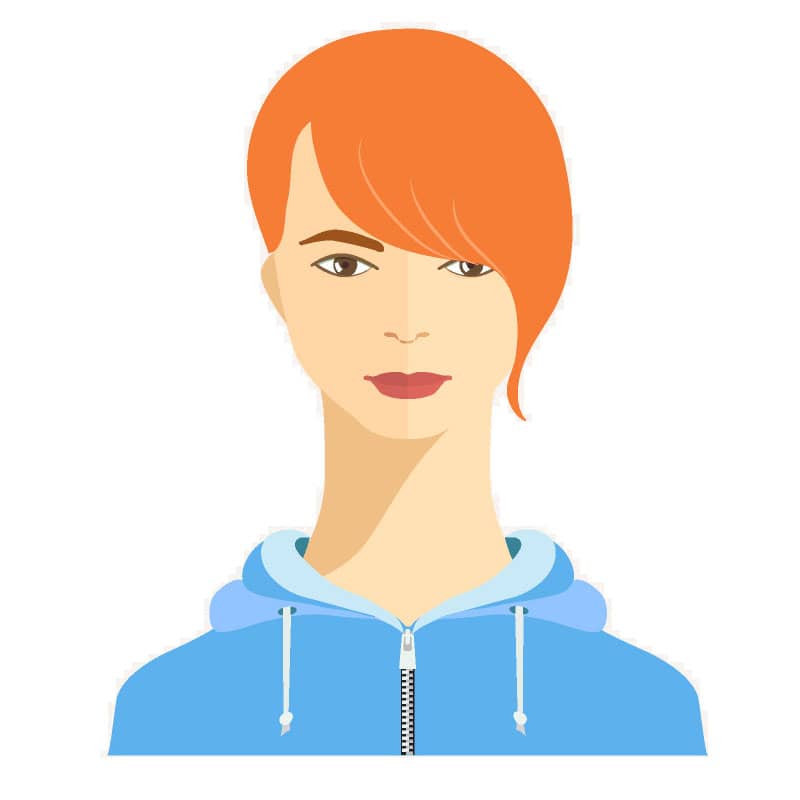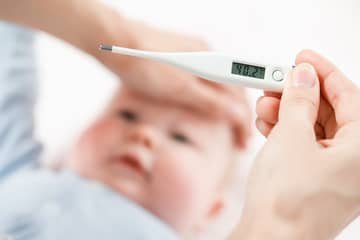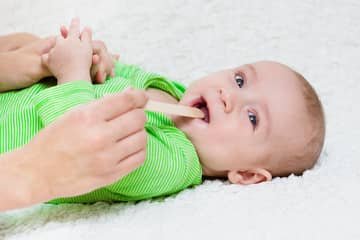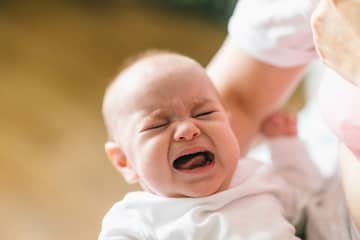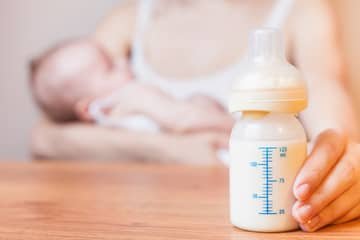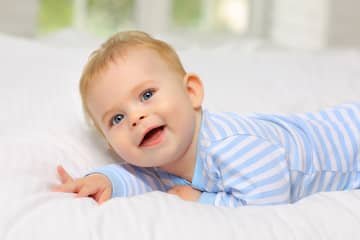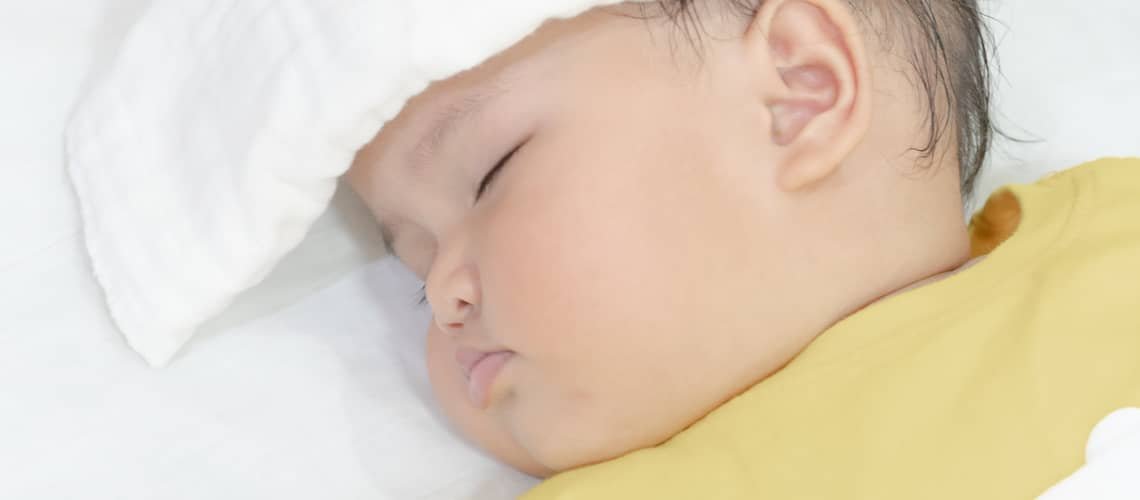
How to reduce fever in child without medicine?
Fever in children can be a symptom of other accompanying diseases or infections (inflammation in the body), just like in an adult. Fever in children can really scare many parents. A fever can be considered if the body temperature rises above 38 °C . A body temperature in the range of 37.1-37.9°C is considered an elevated temperature and usually subsides on its own. An increase in temperature and fever alone does not necessarily mean that it is a serious disease or problem, it is important to monitor the temperature, its rising or falling nature and duration . Of course, it is necessary to perceive the situation differently if the temperature of a baby, a newborn or a child of preschool or school age rises. How to reduce fever in children ?
Increased temperature or fever is not a disease in itself . The body raises its temperature due to an immune response to certain viral infections or inflammation. The same applies to children, but it is appropriate to monitor the temperature and its duration . Most doctors recommend lowering the temperature in children only when it exceeds 38 °C . It also depends on other circumstances related to the child's health. Correct temperature measurement is also important. For children under 3 years of age, the measurement should be rectal. When measuring rectally, it is usually necessary to subtract 0.5 °C from the resulting temperature. For children from 3 years old, axillary - under the armpit.
If the temperature does not decrease even after 3 days, it is time to start reducing it or contact the pediatrician. This also applies if the body temperature exceeds 38.5 °C. Visiting a doctor and reducing the temperature above 38 °C is recommended for children who have other symptoms of the disease (febrile convulsions, sore throat, loss of appetite, refusal of liquids, dry skin, shortness of breath, lethargy). How to reduce fever in children without medicine?
An increase in fluid intake is necessary. It is ideal for the child to drink in smaller quantities and regularly. For older children, a lukewarm shower is suitable. For smaller children, you can try rubbing with a damp sponge or applying lukewarm compresses to the forehead, abdomen or chest. Use lukewarm temperature wraps in children if the temperature rises to 39 °C. You should repeat the wraps 2-3 times in a row. The child should wear loose and light clothes so that he does not overheat unnecessarily. You should not cool the child's body if he has cold limbs or chills (shivers).
For newborns and babies under 3 months of age, in case of fever and high temperature, it is necessary to visit a pediatrician immediately and seek medical help. Children between 3 and 12 months of age should also pay extra attention when they have a fever - then it is also important to contact the pediatrician and establish regimen measures based on this. Visit the doctor even with children whose temperature exceeds 40 °C.
Many mothers in the forums approach medical treatment. Most often after an agreement with a doctor. Some women recommend tepid-cold showers, which took away from their children at elevated temperatures. Skin-to-skin contact can also help with smaller children, which calms the child down and at the same time cools the child down. According to the discussants, hydration of the body and diet in the form of soups are important. Cold packs are also used - whole body or local. Some mothers bet on proven grandmother's recipes - grated potato from the bottom of the feet pulled with a bandage.
Pridať komentár
